The Canon EOS 4000D is Canon’s new entry-level DSLR that sits among the ‘budget and affordable’ line-up of DSLRs. These cameras are student-friendly as well as ideal for those who want to learn how to use a DSLR without spending too much cash to do so and just because we’re using the term ‘budget’, it doesn’t mean the specs are shabby and the photos they capture under-par.
As well as the Canon EOS 4000D, we also recommend you look at (in the date order we’ve reviewed them) the Canon EOS 2000D, Canon EOS 200D, Nikon D3400 and Pentax K-S2 (while stocks last).
Why these particular cameras? Well, truth be told, there aren’t actually that many budget DSLRs for photographers to choose from so to help you make a more informed decision before you part with your hard-earned cash, we thought it would be helpful to line-up what’s available.

Below we compare things such as sensor size, image quality, build quality, price… and more so you have a better understanding of what each DSLR has to offer. Plus, there are sample photos for you to take a look at because, really, how good images look is what’s most important to you.
You’ll also find a comparison table at the top which talks through some of the main features photographers tend to look at when comparing kit but if you do want to see a more detailed run-down of figures compared, scroll to the bottom of the article where you’ll find a more in-depth comparison table.
Please note that we’re including the Pentax K-S2 which has now been discontinued but it can still be purchased from Amazon, and other retailers, while stocks last.

Basic Spec Comparisson Table
*** Note : £1 = $1.32 (correct at time of post)
| Canon EOS 4000D |
Nikon D3400 |
Canon EOS 2000D |
Pentax K-S2 |
Canon EOS 200D |
|
| Megapixels | 18mp | 24mp | 24mp | 20mp | 24mp |
| Image Stabalisation | – | – | – | In-camera IS | – |
| Monitor | 2.7inch screen, 230K dots | 3inch screen, 921K | 3inch screen, 920K | 3inch screen, 921K vari-angle | 3inch vari-angle touch-screen, 1040K |
| Optical Viewfinder | 0.80x OVF (no dioptre) | 0.85x OVF | 0.80x OVF | 0.95x | 0.87x OVF |
| Processor | DIGIC 4+ | EXPEED 4 image processing | DIGIC 4+ | Prime MII | DIGIC 7 |
| Video | 1080p FullHD Video | 1080p FullHD 60fps | 1080p FullHD Video | 1080p FullHD | 1080p FullHD 60fps |
| Sound | Mono | Mono | Mono | Stereo mic | Stereo mic |
| ISO | ISO100 to ISO12800 | ISO100 to ISO25600 | ISO100 to ISO12800 | ISO100 to ISO51200 | ISO100 to ISO51200 |
| Connectivity | Wi-Fi | Bluetooth | Wi-Fi / NFC built-in | Wi-Fi, NFC | Wi-Fi, Bluetooth, NFC |
| Continuous Shooting | 3fps continuous | 5fps continuous | 3fps continuous | 5.7fps continuous | 5fps continuous |
| Auto Focus | 9 AF points | 11 AF points | 9 AF points | 11 AF points | 9 AF points (Dual-Pixel AF) |
| Battery Life | 500 shots | 1200 shots | 500 shots | 480 shots | 650 shots |
| Weight | 436g inc battery and card | 460g inc battery and card | 475g inc battery and card | 498g, inc battery and card | 453g inc battery and card |
| Price | £369 with kit lens (non-IS) | £350 | £469 | £530* | £559 |
| Buy Now | Buy Now | Buy Now | Buy Now | Buy Now |
* While still available.
Megapixels
Three out of the five (Nikon D3400, Canon EOS 2000D and Canon EOS 200D) DSLRs in our comparison have 24MPs while the Pentax K-S2 has 20MP and the Canon EOS 4000D makes up the rear with just 18MPs to its name. 24MP has become the standard nowadays for APS-C sensors but in all honesty, there’s nothing seriously wrong with 18MPs or 20MPs sensors either, especially if you’re just sharing images online.

Image Stabilisation
We all know the advantages of built-in optical image stabilisation brings but it’s not something we see on most of the budget DSLRs featured in this round-up. The only DSLR, featured here, with in-camera IS is the Pentax K-S2 but you can use a lens with stabilisation built-in instead if the K-S2 isn’t for you.

Screen Size & Viewfinder
Now, if this was a smartphone comparison the screen size would be a big thing but so long as the screens are bright and easy to view on DSLRs, we’re happy. Size-wise, there’s not much difference between the screens on the DSLRs compared with the 4000D having the smallest at 2.7-inch. A nice bonus is a vari-angle screen and this is something the K-S2 and EOS 200D both offer. Touch screens are also pretty cool and make navigation easier and this is something you’ll find on the Canon EOS 200D but none of the other DSLRs featured in the round-up.

Continuous Shooting & Auto Focus
When you don’t want to miss a fast-moving object or just want to capture a series of shots in succession, how many frames per second the DSLR captures at is important. The Nikon D3400 and Canon EOS 200D both capture images at 5 frames per second while the Canon EOS 4000D and the Canon EOS 2000D both capture images at a rate of 3 frames per second. As for the Pentax K-S2, it’s rated at 5.7 frames per second.

Sample Photos
Of course, image quality is the main thing we all look at when choosing a new camera to purchase and there isn’t a bad performer in our line-up. ‘Pleasing colours’, ‘good skin tones’ and ‘reliable exposure’ are all terms you’ll find in the individual reviews of the cameras but don’t take our word for it, have a look at the sample images for your self below.
Canon EOS 4000D Sample Photos

Broken Glass | 1/400 sec | f/13.0 | 55.0 mm | ISO 100

Rover SD1 Banger Racing (Buxton) | 1/800 sec | f/5.6 | 55.0 mm | ISO 125

Sunset Light In A Carpark | 1/30 sec | f/3.5 | 18.0 mm | ISO 250
Nikon D3400 Sample Photos
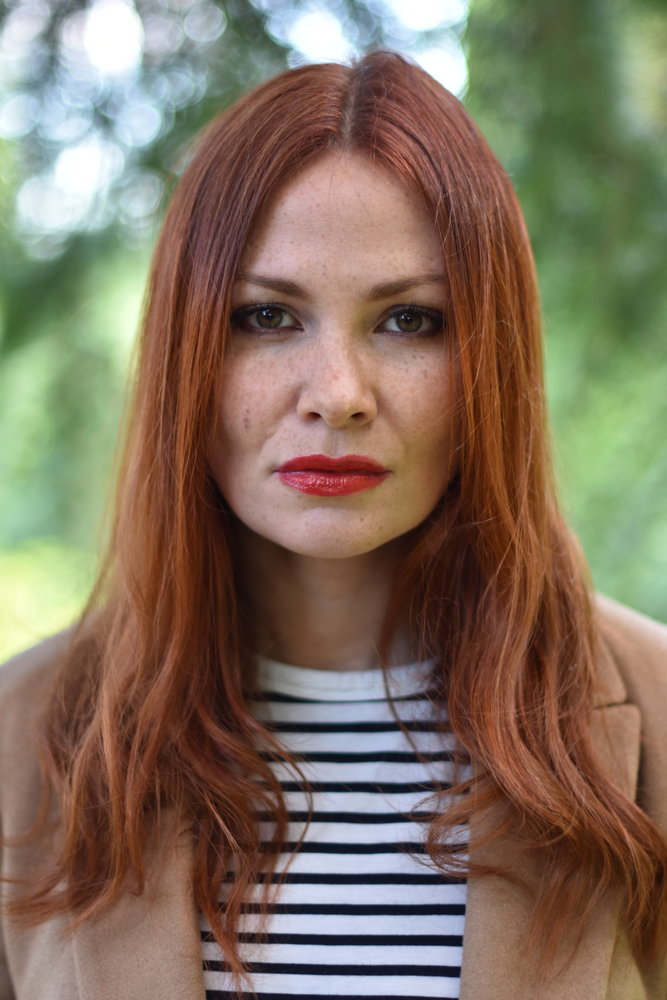
Portrait Nikon 50mm f/1.4G – Lucy Woodroffe | 1/80 sec | f/1.4 | 50.0 mm | ISO 280

Mushrooms | 1/80 sec | f/4.0 | 50.0 mm | ISO 100
Canon EOS 2000D (Rebel T7) Sample Photos

Honor 9 Lite HTC U11 Life | 1/100 sec | f/5.6 | 55.0 mm | ISO 400
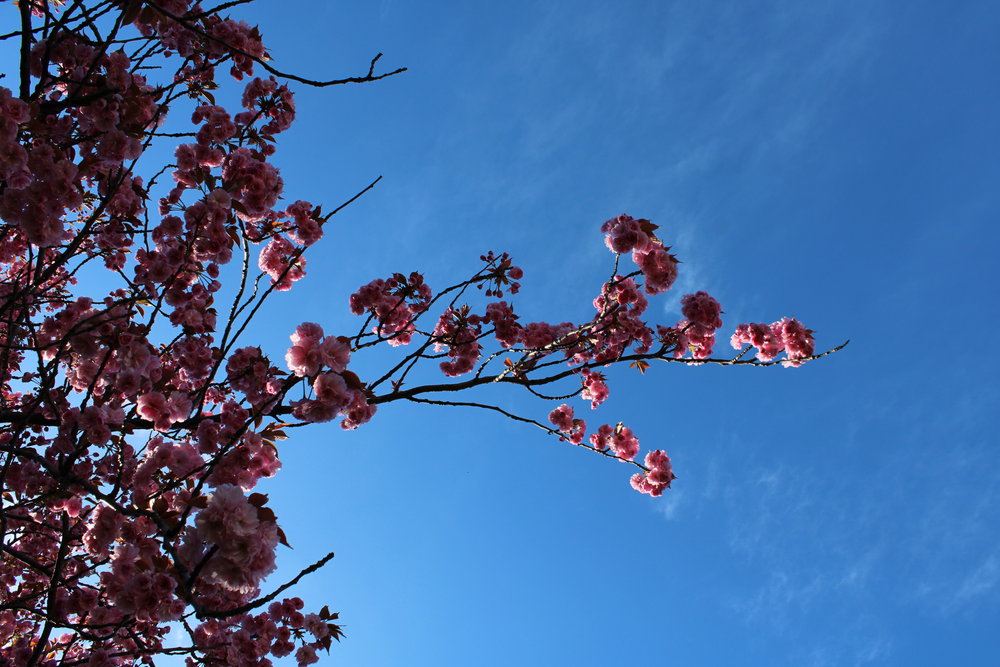
Blossom | 1/200 sec | f/9.0 | 18.0 mm | ISO 100
Pentax K-S2 Sample Photos

Architecture | 1/400 sec | f/8.0 | 24.0 mm | ISO 200
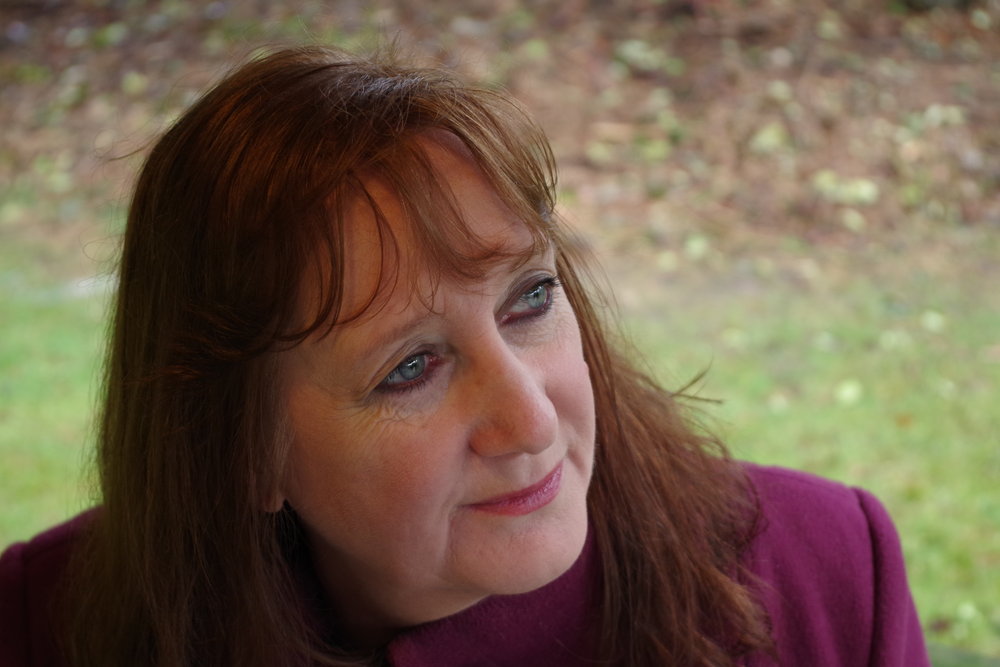
Outdoor Portrait | 1/20 sec | f/5.6 | 45.0 mm | ISO 400
Canon EOS 200D Sample Photos

Firesuite | 1/60 sec | f/2.8 | 40.0 mm | ISO 1600

Spoon | 1/100 sec | f/5.6 | 55.0 mm | ISO 1600
Video & Sound
At one time, video was something that sat in the shadows of image quality but with the rise of blogging and more people wanting video footage at weddings etc., it’s now a feature that some consider being as important.
The price point of these DSLRs means you won’t find 4K built in but all of them do capture video at 1080p and the Nikon D3400 as well as the Canon EOS 200D can also do this at 60fps. A slight downside is that the EOS 4000D, Nikon D3400 and the Canon Eos 2000D all capture sound in stereo but you do find stero sound, and mic sockets, on the Pentax K-S2 and the Canon EOS 200D.
Here’s what we said on the video performance of each budget-friendly DSLR along with some video footage so you can compare the cameras for yourself:
Canon EOS 4000D – Video quality is good, recording FullHD at 1080p at 30, 25 or 24fps. You can also select from ISO100 to ISO6400 for movie shooting. The camera records mono sound, and there isn’t a microphone socket on the camera. Video recording benefits from the use of a lens with image stabilisation, or alternatively a tripod or steady surface is recommended.
[su_youtube url=”https://youtu.be/QkLa7wJ0Dzw”]
Nikon D3400 – The D3400 records full HD video with mono sound. Unfortunately, there is no microphone socket, which is a shame as the D3300 has a microphone socket. Use of a tripod or a lens with VR (Vibration Reduction) built-in is recommended for steady video.
[su_youtube url=”https://youtu.be/wxz6054z5CU”]
Canon EOS 2000D – Video quality is good, recording FullHD at 1080p at 30, 25 or 24fps. You can also select from ISO100 to ISO6400 for movie shooting. The camera records mono sound, and there isn’t a microphone socket on the camera. Video recording benefits from the use of a lens with image stabilisation, or alternatively a tripod or steady surface is recommended.
[su_youtube url=”https://youtu.be/EHWW8uqgkqw”]
Pentax K-S2 – Movie format is MPEG-4 AVC/H.264 giving Full HD quality. There is a built-in stereo microphone with adjustable level. Up to 25 minutes (4 GB) can be recorded in one go, subject to the camera’s internal temperature not reaching critical levels. Digital filters and SR can be used in Movie mode. Very conveniently, the movie mode is operated by the on/off switch, so it can easily be used at any time. The quality is pleasingly smooth and although video has never seemed to be at the forefront of the minds of Pentax’s engineers, it has vastly improved from earlier models.
[su_youtube url=”https://youtu.be/-R7XVa5sVyE”]
Canon EOS 200D – The camera can record FullHD video at 60, 50, 30, 25 or 24fps, with stereo sound. There’s also a microphone socket if you want to use an external microphone. You can use the movie mode in auto or manual modes, and there’s a time-lapse movie mode as well. You can use ISO100 to ISO12800 (extended). Video quality is good, with the camera doing a good job to focus even in low-light. Video footage will benefit from the use of a lens with optical image stabilisation for the best quality, or the use of a tripod.
[su_youtube url=”https://youtu.be/yMvzQ8LjwOU”]
Connectivity
In a time when everything is ‘instant’ and ‘now’, features such as WiFi, Bluetooth and NFC are something that are welcomed, by some. Having the option to be able to share images instantly via social media or email without having to head home first speeds the whole ‘capture to finished product’ process up and it also means that you can even edit images on-the-go with apps such as Adobe’s Lightroom CC or even Snapseed.
Wi-Fi is built into all but the Nikon 3400 but it does feature Bluetooth, as does the Canon EOS 200D, so you can share images to your smart devices and then use your data or Wi-Fi to share the photos you’ve captured. NFC can also be found on the Canon EOS 200D as well as the Pentax K-S2 so you can share data with another device that’s also NFC compatible.
Of course, to use Wi-Fi, you will need to be in a location where you can access it but with so many open zones existing nowadays, it shouldn’t be too hard to find a bit of free Wi-Fi you can use.

ISO
How well a camera handles noise and low light can make a huge difference to the final image quality and that’s why we always capture a series of ISO images with every camera we test.
ISO ranges seem to be ever expanding and here are the ISO ranges for the DSLRs featured in this round-up:
- Canon EOS 4000D – 100-12800
- Nikon D3400 – 100-25600
- Canon EOS 2000D – 100-12800
- Pentax K-S2 – 100-51200
- Canon EOS 200D – 100-51200
Have a look at our test charts for yourself to see how each of the cameras featured perform and we’ve also included out ISO comments from each of our reviews on the DSLRs.
Canon EOS 4000D ISO test images

0.3 sec | f/9.0 | 55.0 mm | ISO 100

1/25 sec | f/9.0 | 55.0 mm | ISO 800

1/200 sec | f/9.0 | 55.0 mm | ISO 6400
Noise is well controlled up to and including ISO1600 and detail remains fairly good. At ISO3200 noise becomes more noticeable and colour saturation drops which means results are a little disappointing. Things get worse at ISO6400 and above with higher noise and random white dots in images. Unfortunately, there’s little improvement in noise performance compared to the 1300D.
The ISO range is limited to ISO100 to ISO6400, which can be extended to ISO12800 (in Custom settings). This is quite limited compared to almost every other camera in this class, and even cameras with smaller sensors, which also give better noise performance.
You would expect a higher resolution sensor to produce images with more noise, but you’d also hope that a newer generation sensor would produce cleaner images. Noise performance is no worse than the 18mp 1300D, but also no better, which is unfortunate, because the 1300D’s noise performance wasn’t particularly good.
If we compare the 4000D to the 2-year-old Nikon D3400 (24mp), the Nikon gives better noise performance. If we compare it to the nearly 4-year-old Sony Alpha A6000 (24mp), whilst the Sony gives softer results, it also gives images with significantly lower noise, particularly chroma noise.
Nikon D3400 ISO test images

0.3 sec | f/7.1 | 50.0 mm | ISO 100

1/30 sec | f/9.0 | 50.0 mm | ISO 1600

1/500 sec | f/9.0 | 50.0 mm | ISO 25600
Noise performance is very good up to ISO3200, and at ISO6400 noise becomes more noticeable, but still provides usable results. The noise in images is quite “grainy” or “film-like” which gives images with noise a fairly pleasant look. ISO12800 shows quite high levels of noise, but if you wanted to use these images you could simply resize the JPEGs or process the raw files yourself. ISO25600 shows the highest level of noise, and this is best avoided.
There’s a further high ISO mode, under the Effects setting on the mode dial, called “Night Vision” mode and the ISO setting will go up to Hi.2. The Nikon D3400 gives better noise performance at ISO6400 than the Canon EOS 1300D, and is also slightly better than the K-S2, and A68. There’s also a slight improvement over the D3300.
Canon EOS 2000D (Rebel T7) ISO test images

1/4 sec | f/8.0 | 48.0 mm | ISO 100

1/30 sec | f/8.0 | 48.0 mm | ISO 800

1/500 sec | f/8.0 | 48.0 mm | ISO 12800
Noise is well controlled up to and including ISO1600 but at ISO3200, noise becomes more noticeable, colour saturation drops and image quality starts to disappoint. ISO6400 and above is best avoided.
The ISO range is limited from ISO100 to ISO6400, which can be extended to ISO12800 (in Custom settings) but this is quite limited compared to almost every other camera in this particular class.
Pentax K-S2 ISO test images

0.5 sec | f/8.0 | 50.0 mm | ISO 100

1/30 sec | f/8.0 | 50.0 mm | ISO 1600

1/1000 sec | f/8.0 | 50.0 mm | ISO 51200
The noise levels of the K-S2 are very well controlled, with complete usability up to ISO 1600. It all holds together well until ISO 6400, but beyond that sharpness is suffering and the noise is really creeping in. However, better a noisy shot than one that is spoilt by camera shake. I would happily use whatever ISO was necessary to get the shot.
Canon EOS 200D ISO test images
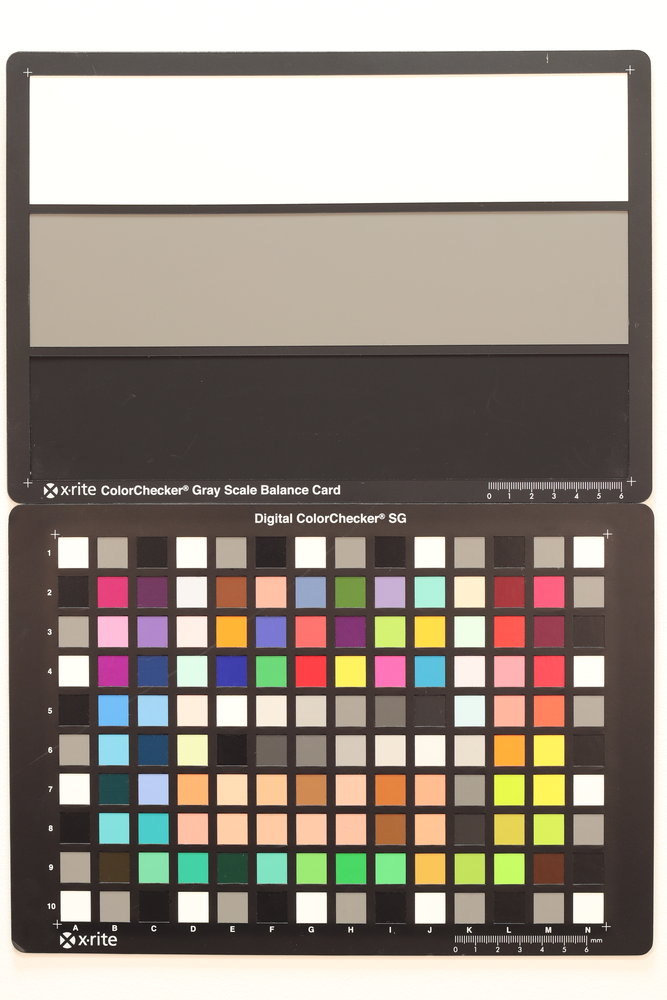
1/4 sec | f/7.1 | 50.0 mm | ISO 100

1/125 sec | f/7.1 | 50.0 mm | ISO 3200

1/2000 sec | f/7.1 | 50.0 mm | ISO 51200
White Balance
Another important option we test is the white balance options available on a camera and like with ISO, we shoot a series of images, using the different options available, of our studio set-up so you can easily compare the results. Take a look below at the test shots and you’ll also find our comments on the white balance performance of each camera featured in our comparison.
Canon EOS 4000D White-balance test images

AWB Ambient Tungsten Light | 0.3 sec | f/9.0 | 23.0 mm | ISO 100
he camera has two options for auto white balance (AWB) one that retains ambient lighting conditions, and one that has a white priority. This option is designed to work under tungsten lighting, but also works with mixed lighting, and fluorescent lighting, so that you can choose what results you want, for example choosing warm results for portraits or white results for product shots. Thanks to this, it’s possible to get very good results, even in mixed lighting.
Nikon D3400 White-balance test images

AWB Tungsten | 0.3 sec | f/7.1 | 50.0 mm | ISO 100
The camera has auto white balance (AWB) settings, as well as tungsten and fluorescent preset options, but doesn’t feature control over the level of correction, for example there are no “warm” or “white” correction options for auto white balance, unlike some of the other new Nikon Digital SLRs (or Canon’s latest range of DSLRs, including their entry-level 1300D). There are however 7 (yes seven!) different fluorescent presets, and you can finely tune the white balance settings, as well as custom white balance.
Canon EOS 2000D (Rebel T7) White-balance test images

AWB Tungsten Light IMG 9462 | 0.3 sec | f/8.0 | 23.0 mm | ISO 100
The camera has two options for auto white balance (AWB) one that retains ambient lighting conditions, and one that has a white priority. This option is designed to work under tungsten lighting, but also works with mixed lighting, and fluorescent lighting, so that you can choose what results you want, for example choosing warm results for portraits or white results for product shots. Thanks to this, it’s possible to get very good results, even in mixed lighting.
Pentax K-S2 White-balance test images
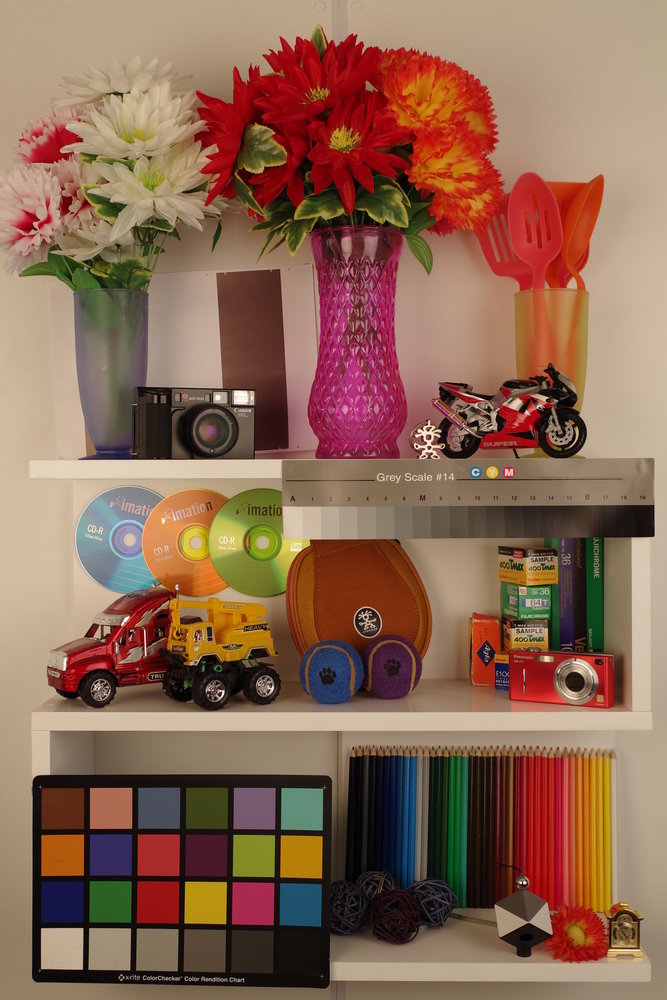
AWB Tungsten | 1/4 sec | f/8.0 | 30.0 mm | ISO 100
Auto White Balance (AWB) performs well with a warm colour cast under tungsten lighting, with the tungsten preset giving an accurate result. AWB performs well under fluorescent lights, with the fluorescent preset giving a slight magenta colour cast
Canon EOS 200D White-balance test images

AWB Tungsten | 0.3 sec | f/7.1 | 23.0 mm | ISO 100
Auto White Balance (AWB) gives slightly warm results under tungsten lighting, and by using the white priority setting, the AWB can give much more accurate results, which is great for product shots. Using the tungsten preset gives warm results. The camera performs well under mixed lighting. AWB performs well under fluorescent lighting, and the preset gives a very slight colour cast. Thanks to the “White priority” AWB setting, and the good AWB performance, you shouldn’t need to use any of the presets.
Battery
You want to get as many shots as you can out of a camera, from one charge so how many shots it can capture before the battery dies is important. The Pentax K-S2 only captures 480 shots then the Canon EOS 4000D and 2000D are up next, capturing 500 shots on a full charge. In second place is the Canon EOS 200D capturing 650 shots but the Nikon D3400 is streaks in front capturing an impressive 1200 shots, almost double that of the EOS 200D.

Weight & Size
How heavy and bulky a camera is can determine how far you can walk with it or how long you can hold it up to your eye for. Full size and weight details are listed in the specs table at the bottom of the article but the 4000D is the lightest DSLR featured in our comparison but it’s not the smallest. This title goes to the Nikon D3400 but there’s not between it and the Canon EOS 2000D.

Price
At the time of writing, the Nikon D3400 is the best-priced DSLR from our line-up, available for £350. Next up is the Canon EOS 4000D at £369, then the EOS 2000D at £469. Creeping over the £500 price point is the Pentax K-S2 at £530 (while stocks last) and the Canon EOS 200D is the most expensive at £559.
Our ‘Budget DSLR’ Pick: Nikon D3400

We couldn’t really finish the comparison without picking a favourite and if we were to buy a budget-friendly DSLR, we’d pick the Nikon D3400.
Overall it offers better noise performance, more AF points, a better ISO range and we really like the quality of image it produces. Plus, the battery life is seriously impressive and at £350, it’s also a bargain for what you get.
If you want a Digital SLR that is can instantly share photos to your smartphone, then the Nikon D3400 offers great image quality and good value for money – Recommended.
Comparison Table
| Nikon D3400 | Pentax K-S2 | Canon EOS 200D | Canon EOS 2000D (Rebel T7) | Canon EOS 4000D | ||
| Manufacturer | Nikon | Pentax | Canon | Canon | Canon | |
| Lens | ||||||
| Effective Magnification | 1.5x | 1.5x | 1.6x | 1.6x | 1.6x | |
| Image Sensor | ||||||
| Pixels | 24.2Mp (Megapixels) | 20.12Mp (Megapixels) | 24Mp (Megapixels) | 24.1Mp (Megapixels) | 18Mp (Megapixels) | |
| Pixels (W) | 6000 | 5472 | 6000 | 6000 | 5184 | |
| Pixels (H) | 4000 | 3648 | 4000 | 4000 | 3456 | |
| Sensor Type | CMOS | CMOS | CMOS | CMOS | CMOS | |
| Sensor Size | APS-C | APS-C | APS-C | APS-C | APS-C | |
| Sensor Size (width) | No Data | 23.5mm | 22.3mm | 22.3mm | 22.3mm | |
| Sensor Size (height) | No Data | 15.6mm | 14.9mm | 14.9mm | 14.9mm | |
| Aspect Ratio |
|
|
|
|
|
|
| LCD Monitor | ||||||
| LCD Monitor | 3in | 3in | 3in | 3in | 3in | |
| Screen resolution | 921k dots | No Data | 1040K | 920k | 460k | |
| Touch Screen | No | No | Yes | No | No | |
| Focusing | ||||||
| Focusing modes |
|
|
|
|
|
|
| Exposure Control | ||||||
| Shutter speeds shortest | 1/4000sec | 1/6000sec | 1/4000sec | 1/4000sec | 1/4000sec | |
| Shutter speeds longest | 30sec | 30sec | 30sec | 30sec | 30sec | |
| Bulb mode | Yes | Yes | Yes | Yes | Yes | |
| Exp modes |
|
|
|
|
|
|
| Metering |
|
|
|
|
|
|
| ISO sensitivity | 100 – 25600 | 100 – 51200 | 100 – 51200 | 100 – 12800 | 100 – 12800 | |
| White balance |
|
|
|
|
|
|
| Exposure Comp | +/-5 | +/-5 | No Data | +/-5 | +/-5 | |
| Shooting Options | ||||||
| Continuous shooting | 5fps | 5.4fps | 5fps | 3fps | 3fps | |
| Video | ||||||
| Movie mode | Yes | Yes | Yes | Yes | Yes | |
| Video Resolution |
|
|
|
|
|
|
| Video FPS | 60p,50p,30p,25p,24p, 720p 60/50fps | 30/25/24 | 60,50,30,25,24fps | 30, 25, 24fps | 30, 25, 24fps | |
| Stereo Sound | No | Yes | Yes | No | No | |
| Optical Zoom with Video | Yes | Yes | Yes | Yes | Yes | |
| Other Features | ||||||
| Image Stabilisation | No | Yes | No | No | No | |
| Interface | ||||||
| HDMI | Yes | Yes | No Data | Yes | Yes | |
| USB | USB 2 | USB 2 | USB 2 | USB 2 | USB 2 | |
| Wi-Fi | No | Yes | Yes | Yes | Yes | |
| Storage | ||||||
| Card Type |
|
|
|
|
|
|
| File Type |
|
|
|
|
|
|
| Power Source | ||||||
| Battery Type | EN-EL14a | Pentax D-LI109 lithium ion | Rechargeable Li-ion Battery LP-E17 | Rechargeable Li-ion Battery LP-E10 | Rechargeable Li-ion Battery LP-E10 | |
| Battery Life (CIPA rating) | 1200shots | 480shots | 650shots | 500shots | 500shots | |
| Box Contents | ||||||
| Box Contents | EN-EL14a rechargeable Li-ion battery (with terminal cover), MH-24 battery charger, DK-25 rubber eyecup, BF-1B body cap, AN-DC3 strap, UC-E17 USB cable, EG-CP14 audio/video cable, ViewNX 2 CD-ROM | Rechargeable Lithium-ion Battery D-LI109, Battery Charger D-BC109, AC cable D-COE, Strap O-ST132, Software (CD-ROM) S-SW151, Eyecup FR, Hot shoe cover, FK Body mount cover, Lens front ring O-FR52 black or white | No Data | EOS 2000D Body, Eyecup Ef, Camera Cover R-F-3, Wide Strap EW-300D, Battery Charger LC-E10E, Power Cord, Battery Pack LP-E10, Battery Cover, Interface Cable IFC-130U, User Manual Kit | No Data | |
| Dimensions | ||||||
| Weight | 460g | 498g | 453g | 475g | 480g | |
| Width | 124mm | 120mm | 122.4mm | 129mm | 129.6mm | |
| Height | 98mm | 92.5mm | 92.6mm | 101.3mm | 99.7mm | |
| Depth | 75.5mm | 69.5mm | 69.8mm | 77.6mm | 77.9mm | |
(ephotozine.com, http://bit.ly/2L3FRZp)


